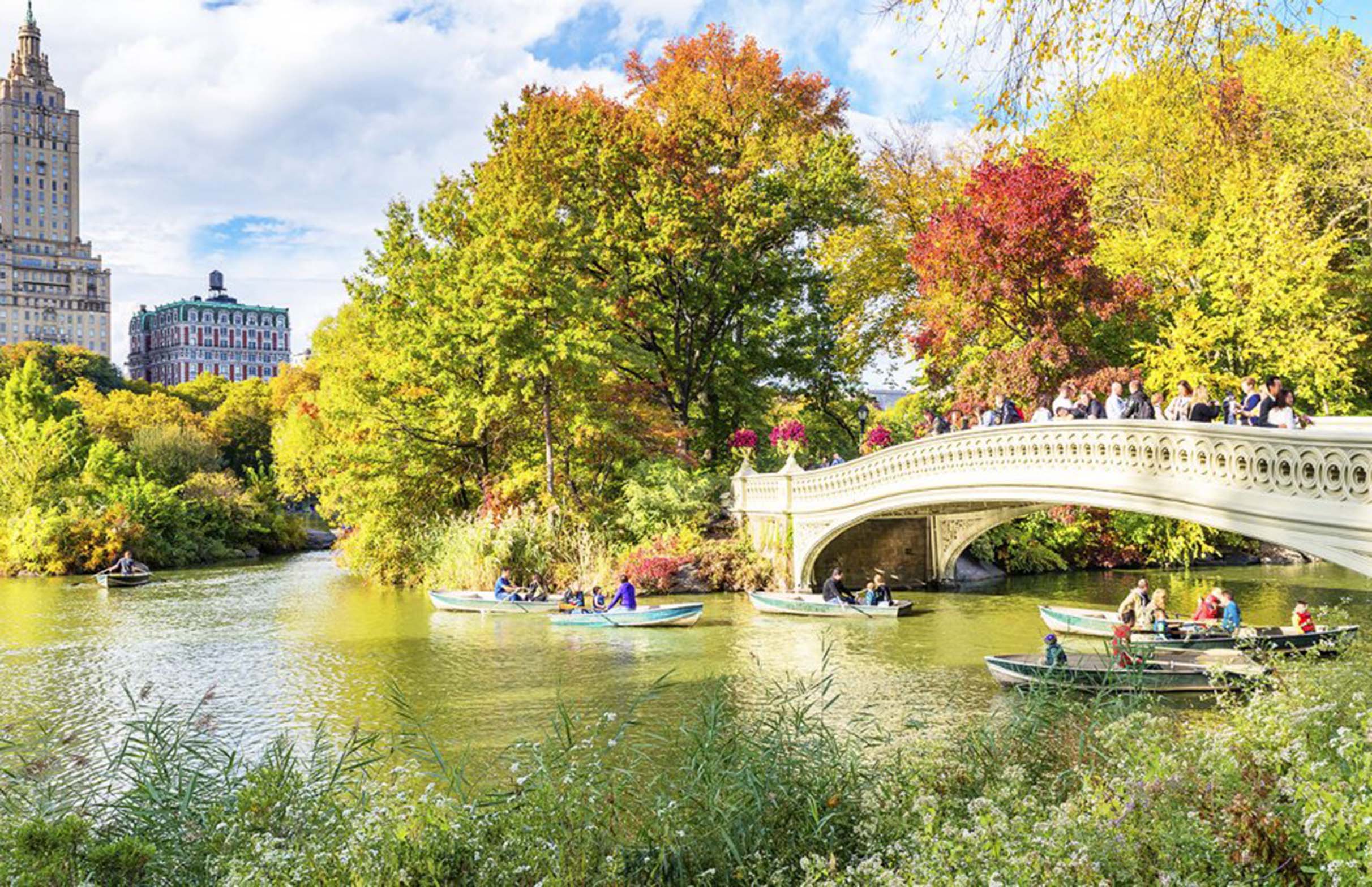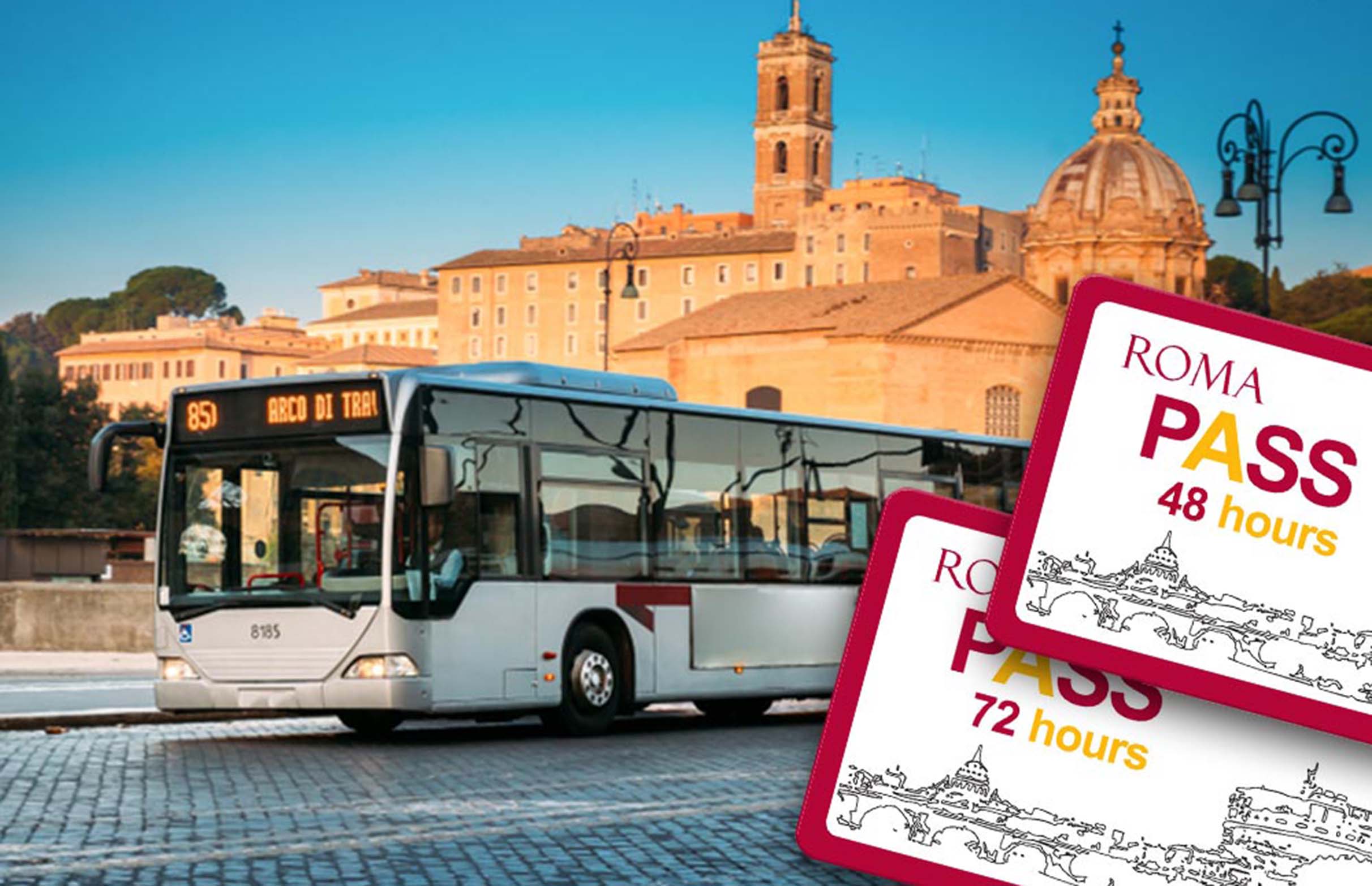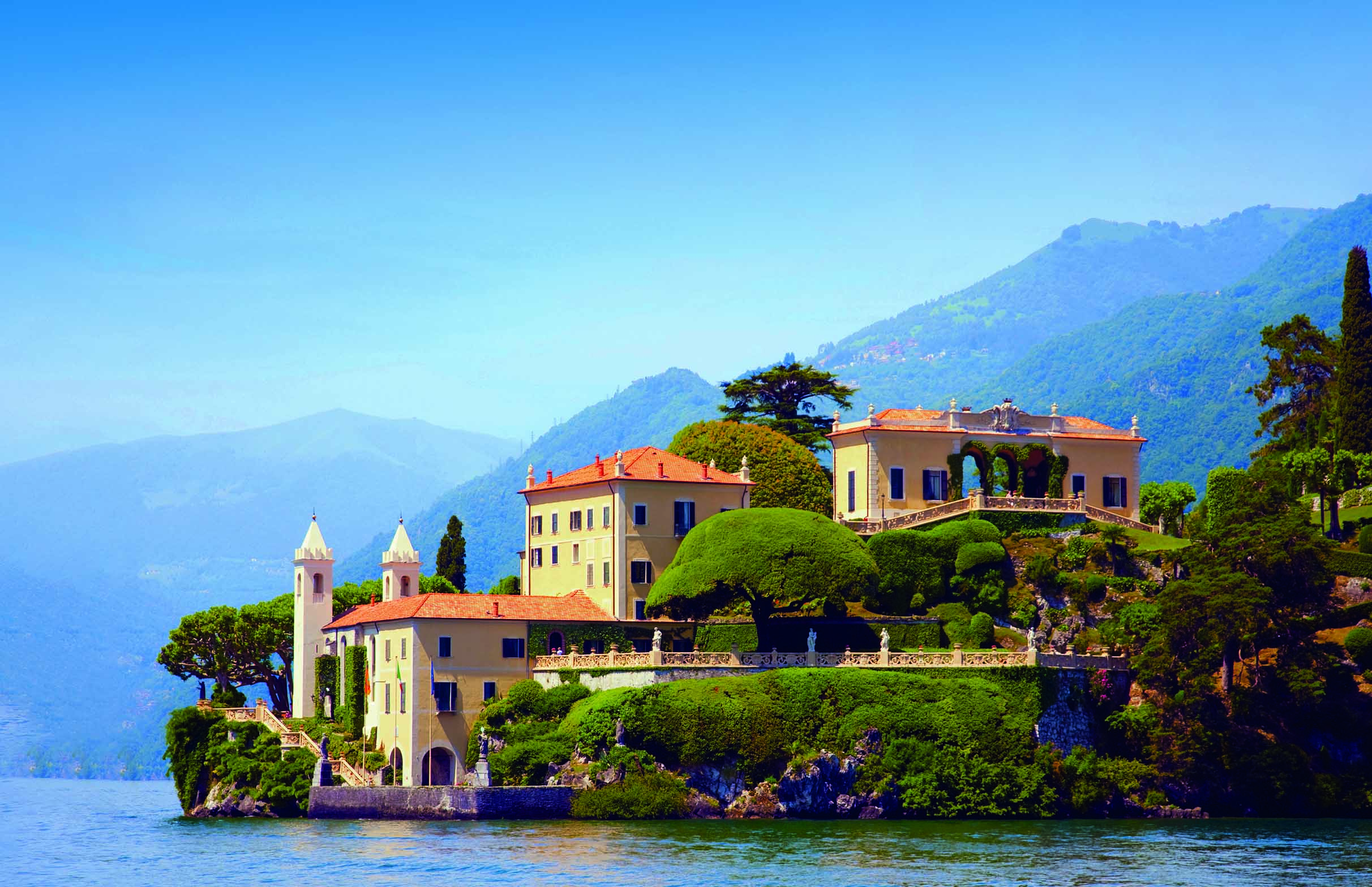Venice, the city of canals, is a place like no other. Its unique charm, rich history, and enchanting waterways make it a must-visit destination for any travel enthusiast. Recently, I embarked on a journey to this magical city and found myself mesmerized by its beauty and allure.
Preparing for Your Trip
Travel Gear:
When planning a trip to Venice, it’s essential to pack wisely. Here’s what I found indispensable during my visit:
- Comfortable Walking Shoes: Venice is best explored on foot, so comfortable shoes are a must. The city’s cobblestone streets and numerous bridges can be tough on your feet.
- Weather-Appropriate Clothing: Venice can be quite warm in the summer and chilly in the winter. Pack light, breathable clothing for the summer and warm layers for the winter. Don’t forget a waterproof jacket for the occasional rain shower.
- Reusable Water Bottle: Tap water in Venice is safe to drink, and there are numerous public fountains where you can refill your bottle.
- Portable Charger: You’ll likely be taking many photos and using your phone for navigation, so a portable charger can be a lifesaver.
- Travel Guidebook: Although smartphones are incredibly handy, a good travel guidebook can provide deeper insights into the city’s history and culture.
Dress Code:
Venice is a city that respects tradition, so dressing appropriately is important. Here are a few tips:
- Modest Clothing for Churches: When visiting churches, including St. Mark’s Basilica, ensure your shoulders and knees are covered. Scarves can be handy for covering up.
- Smart Casual for Dining: While casual attire is acceptable during the day, dress smartly if you plan to dine at an upscale restaurant in the evening.
- Comfort Over Fashion: Prioritize comfort over fashion due to the extensive walking and varying terrain.
Currency Exchange:
Italy uses the Euro (€). Here are some tips for handling money in Venice:
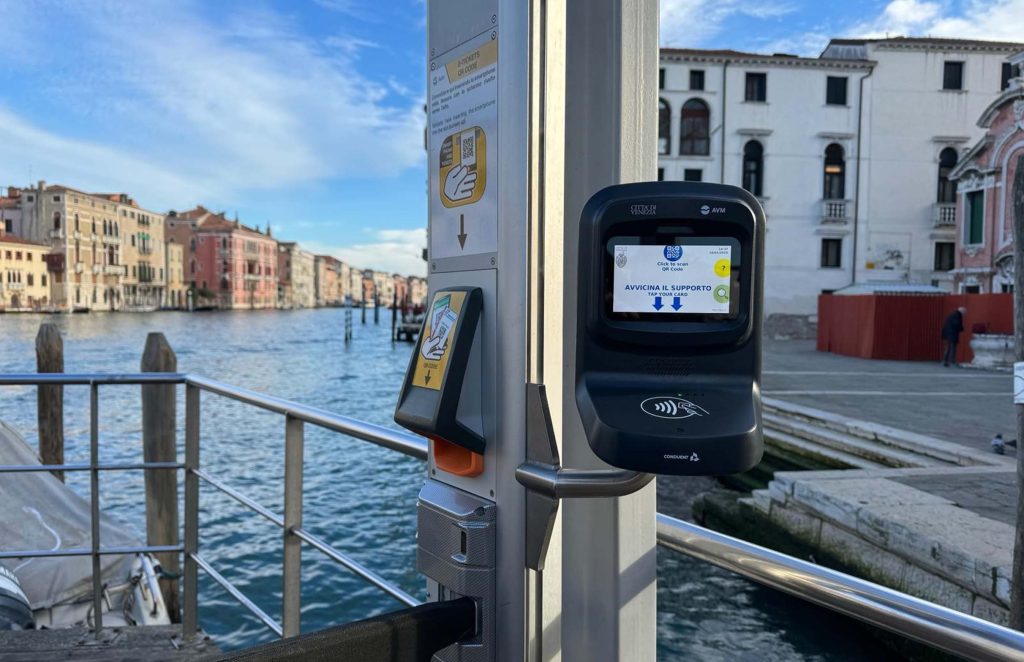
- ATMs: The most convenient way to get Euros is by using ATMs. They are widely available, but make sure to inform your bank of your travel plans to avoid any issues.
- Currency Exchange Offices: These are available but often charge higher fees. If you need to exchange currency, do so at reputable offices or banks.
- Credit and Debit Cards: Widely accepted in restaurants, shops, and hotels. However, it’s good to have some cash for smaller establishments or market purchases.
Local SIM Card:
Staying connected is crucial, especially for navigation and staying in touch with family. Here’s how to get a local SIM card in Venice:
- Purchase at the Airport: There are SIM card vendors at the Marco Polo Airport offering various plans.
- Local Shops: You can also buy SIM cards from local shops like TIM, Vodafone, and Wind. These shops are scattered throughout the city.
- Documents Needed: Bring your passport as it is required to purchase a SIM card.
- Plans and Pricing: Choose a plan that fits your data needs. Plans can range from €10 to €30, depending on the data and call allowance.
Navigating Venetian Etiquette: Customs and Personal Experiences
Understanding local customs and etiquette is essential to ensure a respectful and pleasant visit. Here are some key points and personal experiences that highlight Venetian etiquette:
Respect for Tradition and Religion:
Venetians take pride in their religious traditions. When visiting religious sites, such as churches, always dress modestly and maintain a respectful demeanor. I remember visiting St. Mark’s Basilica, where a tourist was asked to cover their shoulders before entering. Respecting these customs shows appreciation for the local culture.
Dining Etiquette:
Dining in Venice can be a delightful experience, but it’s important to follow certain etiquette:
- Tipping: Tipping is not mandatory, but it’s appreciated. A service charge is often included in the bill. Leaving small change or rounding up the bill is customary.
- Meal Times: Lunch is typically served between 12:30 PM and 2:30 PM, while dinner is from 7:30 PM to 10:00 PM. Avoid arriving too early, as restaurants may not be open.
- Quiet Conversation: Italians appreciate quiet and respectful conversation during meals. Loud behavior is generally frowned upon.
Public Behavior:
Venetians value peace and quiet, especially in residential areas:
- Noise Levels: Keep noise to a minimum, especially during siesta time (usually from 1 PM to 4 PM) and late at night.
- Respect Private Property: Avoid sitting on steps or ledges that belong to private properties. There are plenty of public benches and seating areas.
- No Swimming in Canals: Swimming in the canals is strictly prohibited and considered highly disrespectful.
Personal Experience:
During my stay, I encountered a situation where I learned the importance of greeting locals with a friendly “Buongiorno” (Good morning) or “Buonasera” (Good evening). One evening, I entered a small local shop without greeting the owner. The cold reception I received quickly warmed up when I corrected my mistake and greeted them properly. This simple gesture can go a long way in building rapport with the locals.
Must-Visit Tourist Attractions in Venice
Venice is home to numerous attractions that captivate the imagination. Here are four must-visit sites that offer a glimpse into the city’s rich history and vibrant culture:
1. St. Mark’s Basilica: A Masterpiece of Byzantine Architecture
Location and Arrival:
St. Mark’s Basilica is located in the heart of Venice, in St. Mark’s Square (Piazza San Marco). It’s easily accessible by foot from most parts of the city, or you can take a vaporetto (water bus) to the San Zaccaria stop.
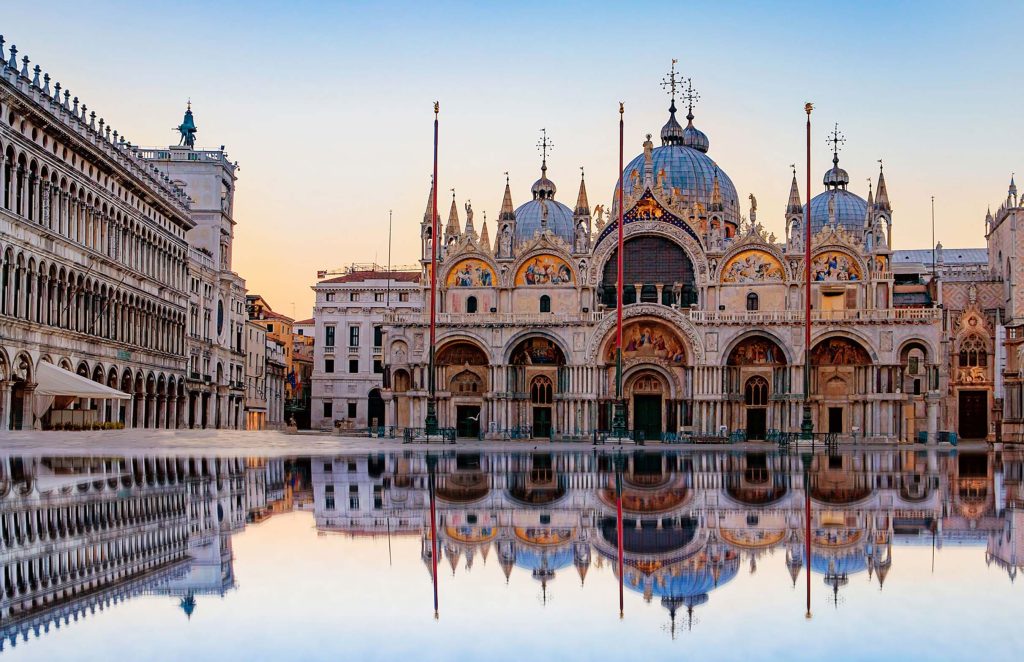
Highlights:
- Magnificent Mosaics: The basilica is renowned for its stunning mosaics that cover over 8,000 square meters, depicting biblical scenes and historical events.
- Pala d’Oro: A golden altarpiece adorned with precious gems and considered a masterpiece of Gothic art.
- St. Mark’s Museum: Located inside the basilica, the museum offers a closer look at the mosaics and artifacts, including the original horses of St. Mark.
Tickets and Discounts:
- Entry: Admission to the basilica is free, but access to the museum and Pala d’Oro requires a ticket (around €5 each).
- Online Booking: To avoid long queues, it’s advisable to book tickets online in advance.
Personal Experience:
Walking into St. Mark’s Basilica felt like stepping into a different era. The sheer grandeur of the mosaics and the intricate details of the Pala d’Oro left me in awe. The soft light filtering through the windows added a mystical aura to the experience. I highly recommend visiting the museum for a more in-depth understanding of the basilica’s history and art.
Nearby Attractions:
- Doge’s Palace: Adjacent to St. Mark’s Basilica, the Doge’s Palace offers a fascinating glimpse into Venice’s political history and stunning Gothic architecture.
- Campanile di San Marco: The bell tower provides panoramic views of Venice and is worth the climb.
2. Rialto Bridge: The Iconic Symbol of Venice
Location and Arrival:
The Rialto Bridge spans the Grand Canal and connects the districts of San Marco and San Polo. It’s a short walk from St. Mark’s Square, or you can take a vaporetto to the Rialto stop.
Highlights:
- Stunning Views: The bridge offers spectacular views of the Grand Canal and the bustling activity below.
- Shops and Markets: The bridge is lined with shops selling jewelry, souvenirs, and Murano glass. The nearby Rialto Market is perfect for fresh produce and local delicacies.
Tickets and Discounts:
- Entry: There is no charge to access the Rialto Bridge.
Personal Experience:
The Rialto Bridge was one of my favorite spots in Venice. The view of the Grand Canal, with gondolas gliding by and the sun setting in the background, was unforgettable. I spent some time browsing the shops on the bridge and picked up a beautiful Murano glass necklace as a memento.
Nearby Attractions:
- Rialto Market: Just a stone’s throw from the bridge, the market is a sensory delight with its vibrant displays of fruits, vegetables, and seafood.
- San Polo: The district of San Polo is home to charming streets and squares, perfect for exploring on foot.
3. The Venetian Ghetto: A Walk Through History
Location and Arrival:
The Venetian Ghetto is located in the Cannaregio district. It’s accessible by foot or by taking the vaporetto to the Guglie or San Marcuola stops.
Highlights:
- Jewish Museum of Venice: The museum offers insights into the history and culture of the Jewish community in Venice.
- Synagogues: The ghetto is home to several historic synagogues, including the Great Synagogue of Venice.
- Quiet Streets: The narrow, winding streets of the ghetto offer a peaceful escape from the crowded tourist areas.
Tickets and Discounts:
- Jewish Museum: Admission to the museum is around €12, which includes a guided tour of the synagogues.
- Combo Tickets: Some tickets offer combined entry to multiple synagogues and the museum.
Personal Experience:
Walking through the Venetian Ghetto was a humbling experience. The history of the area is palpable, and the quiet, narrow streets provided a stark contrast to the bustling tourist spots. The guided tour of the synagogues was particularly enlightening, offering a deeper understanding of the Jewish community’s resilience and contributions to Venice.
Nearby Attractions:
- Cannaregio Canal: The nearby canal offers beautiful views and a chance to see a more local side of Venice.
- Madonna dell’Orto: A short walk away, this Gothic church is home to stunning artworks by Tintoretto.
4. Murano and Burano: The Glass and Lace Islands
Location and Arrival:
Murano and Burano are two islands in the Venetian Lagoon. They are accessible by vaporetto, with regular services from the Fondamente Nove stop in Venice.
Highlights of Murano:
- Glass Factories: Murano is famous for its glassmaking. Many factories offer tours where you can watch artisans at work.
- Glass Museum: The museum showcases the history and art of glassmaking, with exquisite pieces on display.
- Church of Santa Maria e San Donato: This church is known for its beautiful Byzantine mosaics.
Highlights of Burano:
- Colorful Houses: Burano is famous for its brightly painted houses, which make for fantastic photo opportunities.
- Lace Museum: The museum offers insights into the island’s lace-making tradition, showcasing intricate works.
- Seafood Restaurants: Burano is known for its seafood, and there are plenty of restaurants serving fresh, local dishes.
Tickets and Discounts:
- Vaporetto: A day pass for the vaporetto costs around €20, which is convenient for island hopping.
- Glass and Lace Museum: Combined tickets for both museums are available at a discounted rate.
Personal Experience:
Visiting Murano and Burano was a highlight of my trip. Watching the glassblowers in Murano was mesmerizing, and I couldn’t resist buying a few glass souvenirs. Burano, with its vibrant houses and charming atmosphere, felt like stepping into a postcard. I enjoyed a delicious seafood lunch at a local restaurant, savoring the fresh flavors while taking in the island’s beauty.
Nearby Attractions:
- Torcello: Another island in the lagoon, Torcello is known for its ancient churches and serene environment. It’s less crowded and perfect for a quiet retreat.
Street Food Delights and Safety Tips
Venice offers a variety of street food options that are both delicious and convenient. Here are some must-try treats and tips for enjoying them safely:
Must-Try Street Foods:
- Cicchetti: Venetian tapas, typically enjoyed with a glass of wine. Popular spots for cicchetti include Cantine del Vino già Schiavi and Al Bottegon.
- Tramezzini: Triangular sandwiches filled with various ingredients. These are perfect for a quick snack and can be found in most cafes and bars.
- Frittelle: Fried doughnuts available during Carnival season, often filled with cream or raisins.
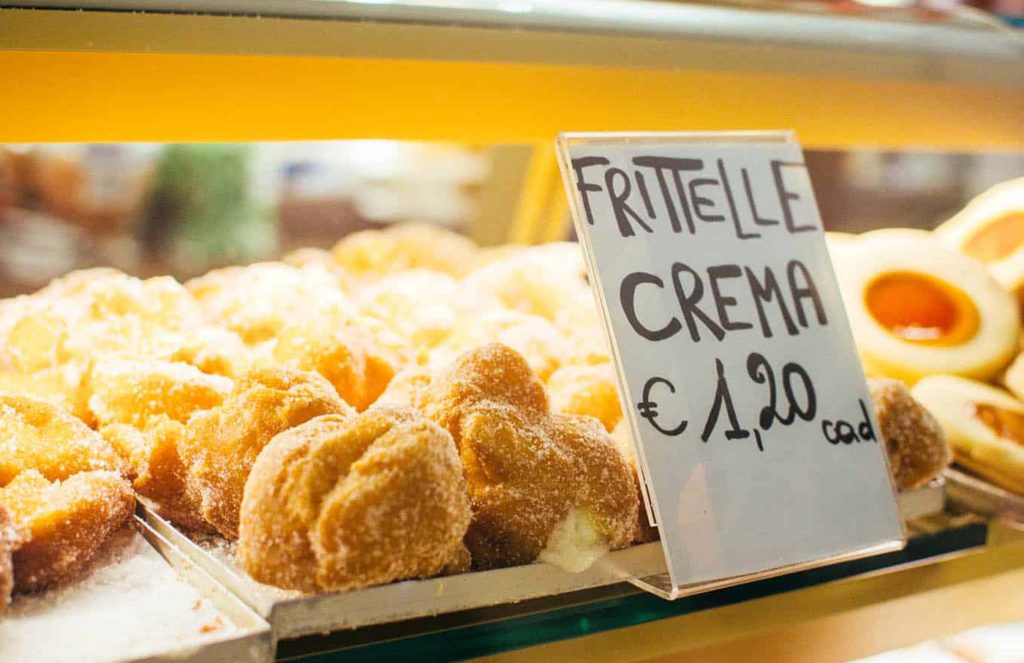
Street Food Safety Tips:
- Choose Reputable Vendors: Stick to well-known and busy vendors to ensure the food is fresh.
- Observe Food Handling: Ensure the vendor uses proper hygiene practices, such as wearing gloves and using utensils.
- Check for Freshness: Avoid pre-prepared foods that have been sitting out for too long.
- Stay Hydrated: Drink plenty of water, especially if consuming salty foods like cicchetti.
Planning Your Itinerary and Budget
Itinerary Planning:
- Prioritize Attractions: Make a list of must-see attractions and allocate enough time for each. Balance popular spots with quieter areas to avoid burnout.
- Flexible Schedule: Allow for some flexibility in your itinerary to explore hidden gems and enjoy spontaneous experiences.
- Travel Passes: Consider purchasing a Venice Card for discounts on public transport and attractions.
Budget Management:
- Accommodation: Venice can be expensive, so book well in advance. Consider staying in less touristy areas for better rates.
- Meals: Enjoy a mix of sit-down meals and street food to balance your budget. Lunch menus are often cheaper than dinner.
- Activities: Look for free or low-cost activities, such as exploring the city’s many beautiful churches and squares.
Travel Insurance:
I recommend purchasing comprehensive travel insurance that covers health, trip cancellations, and lost belongings. It’s a small price to pay for peace of mind, especially in a city as busy as Venice.
Venice is a city that captures the heart and imagination of every traveler. From its stunning architecture and rich history to its vibrant culinary scene and unique etiquette, there’s something magical about exploring its winding canals and hidden corners.
My journey through Venice was an unforgettable adventure, filled with memorable experiences and valuable lessons.

